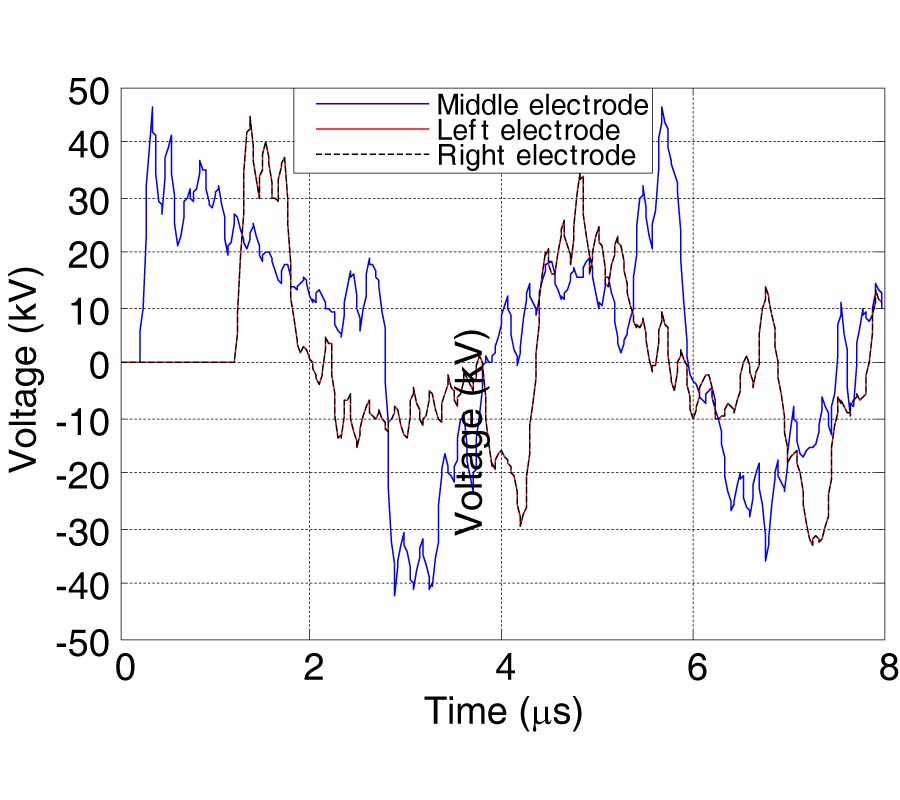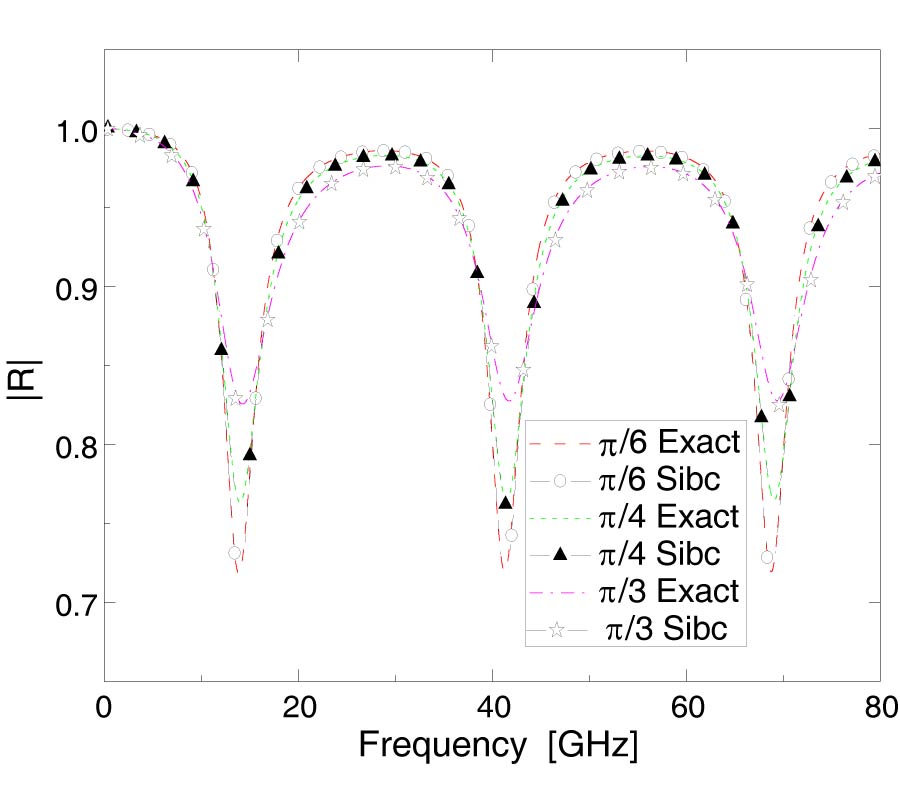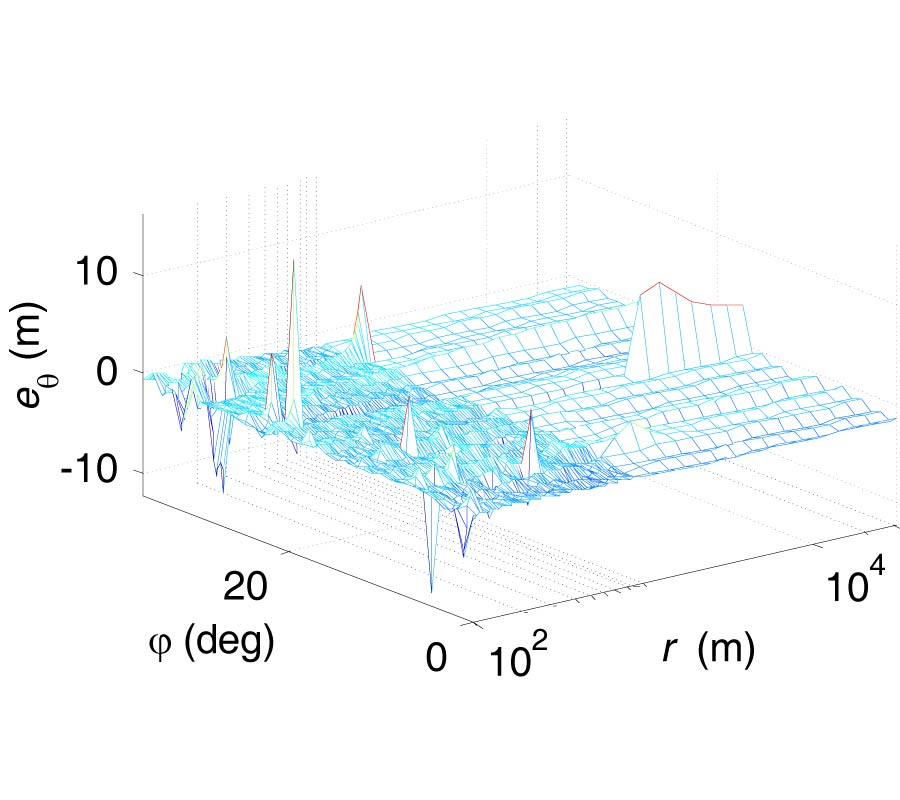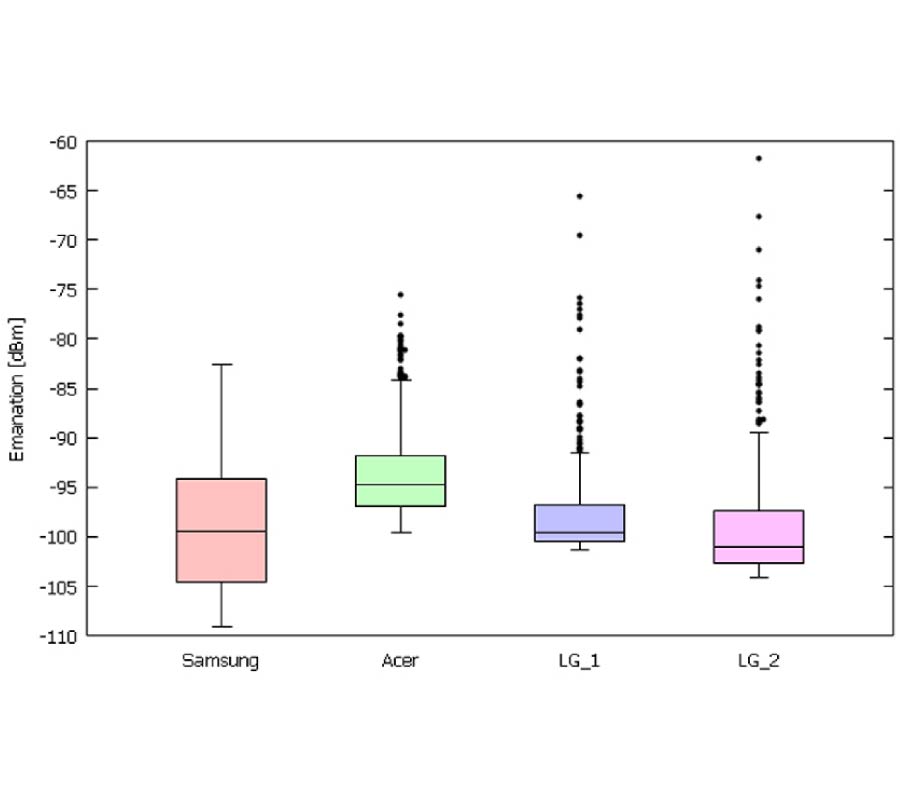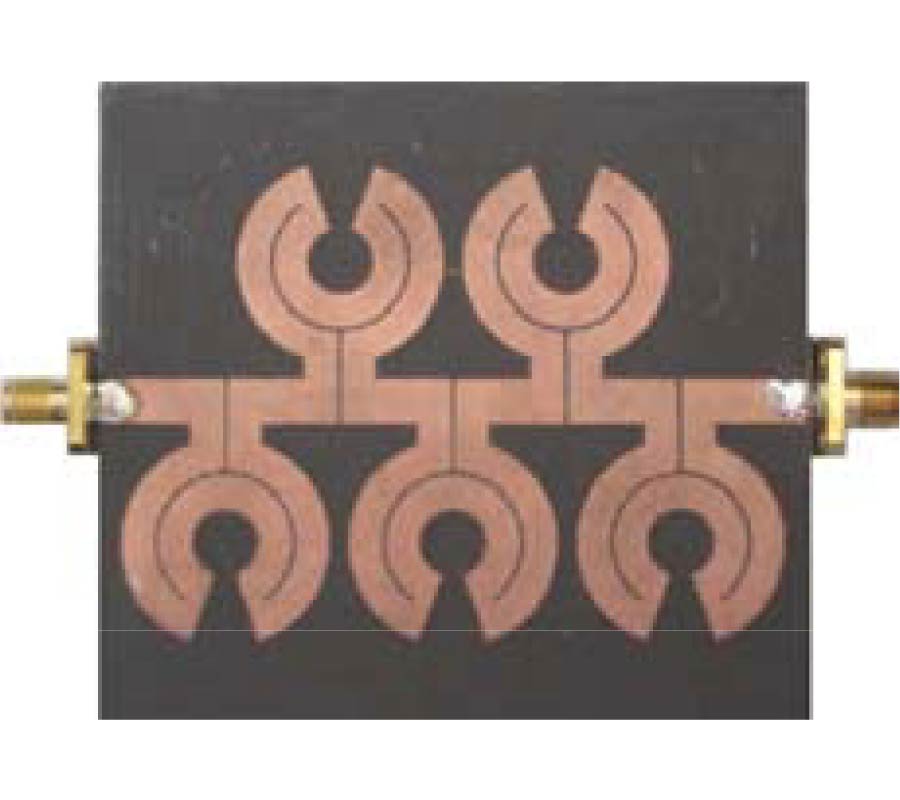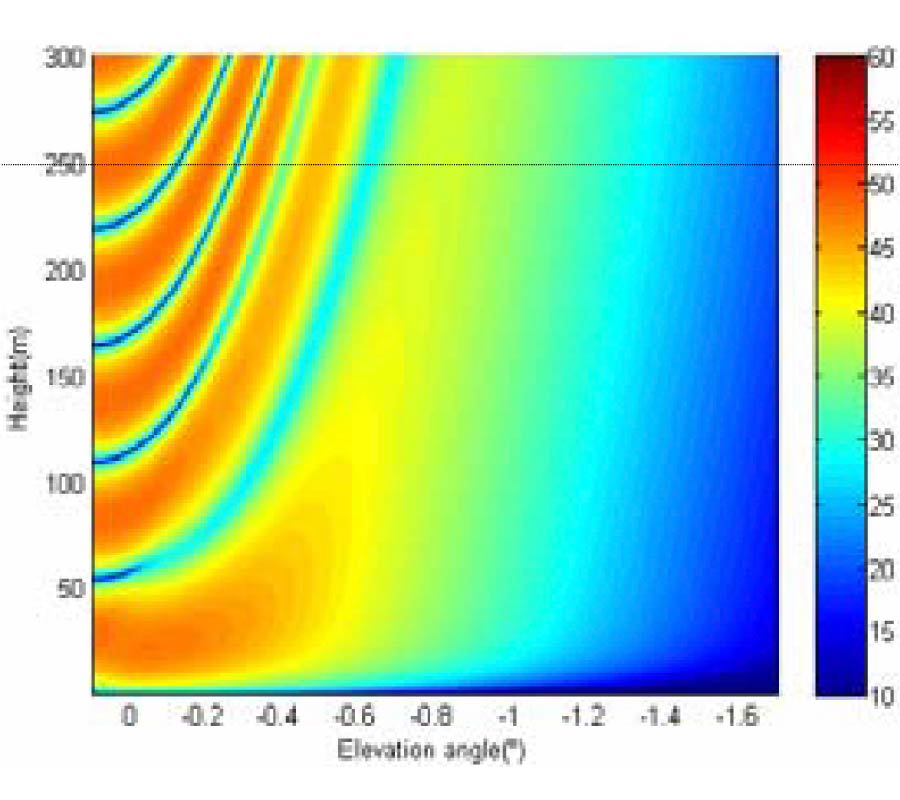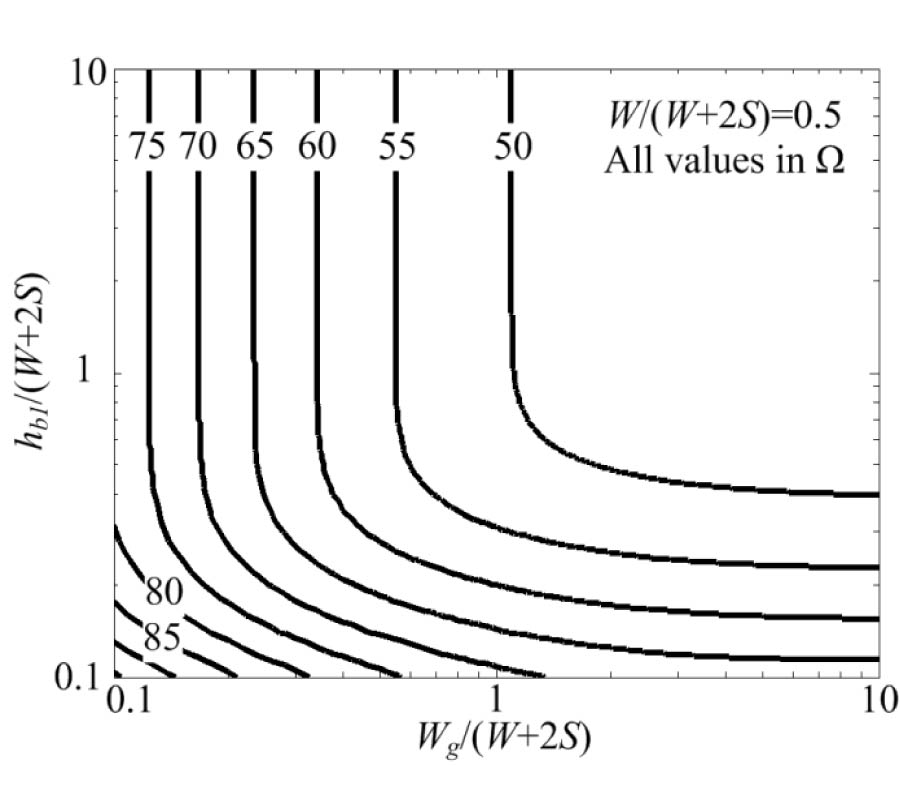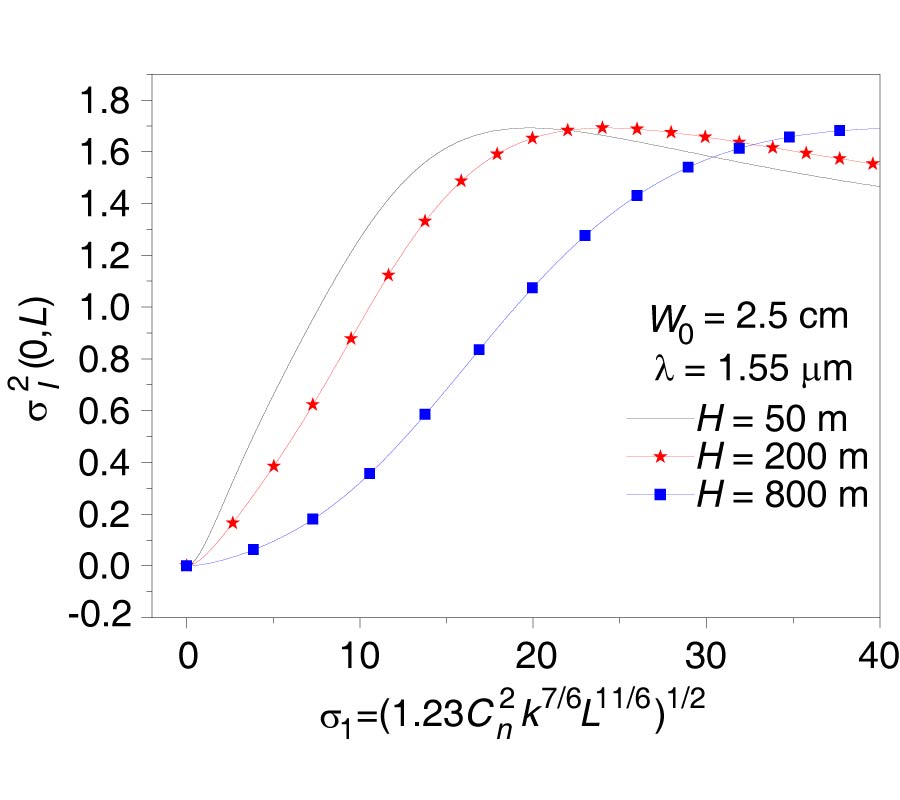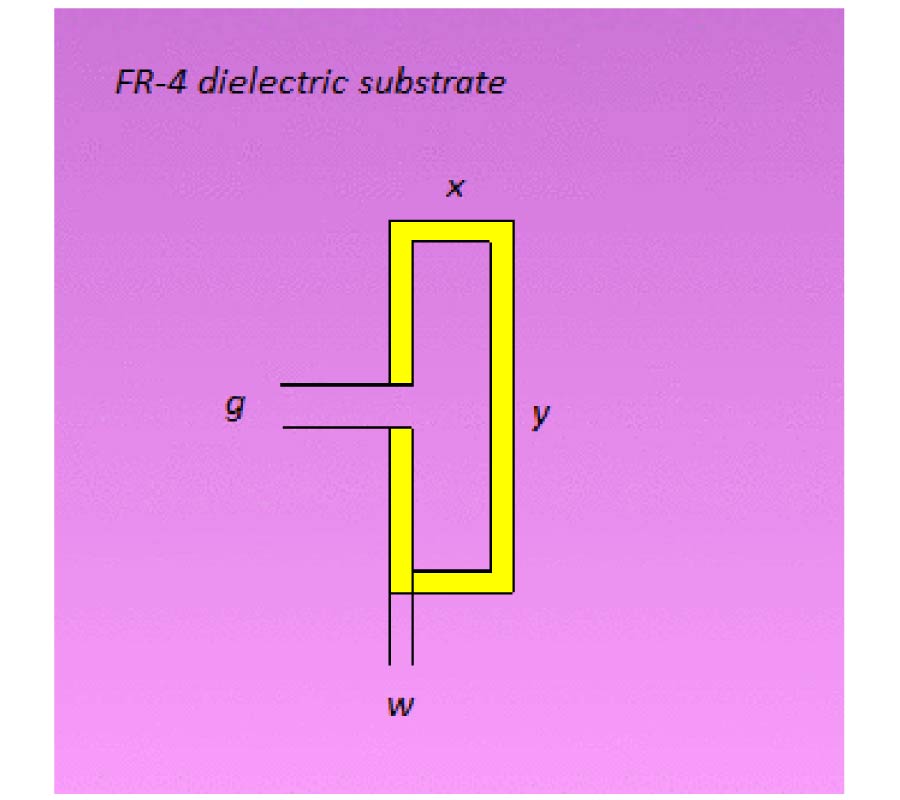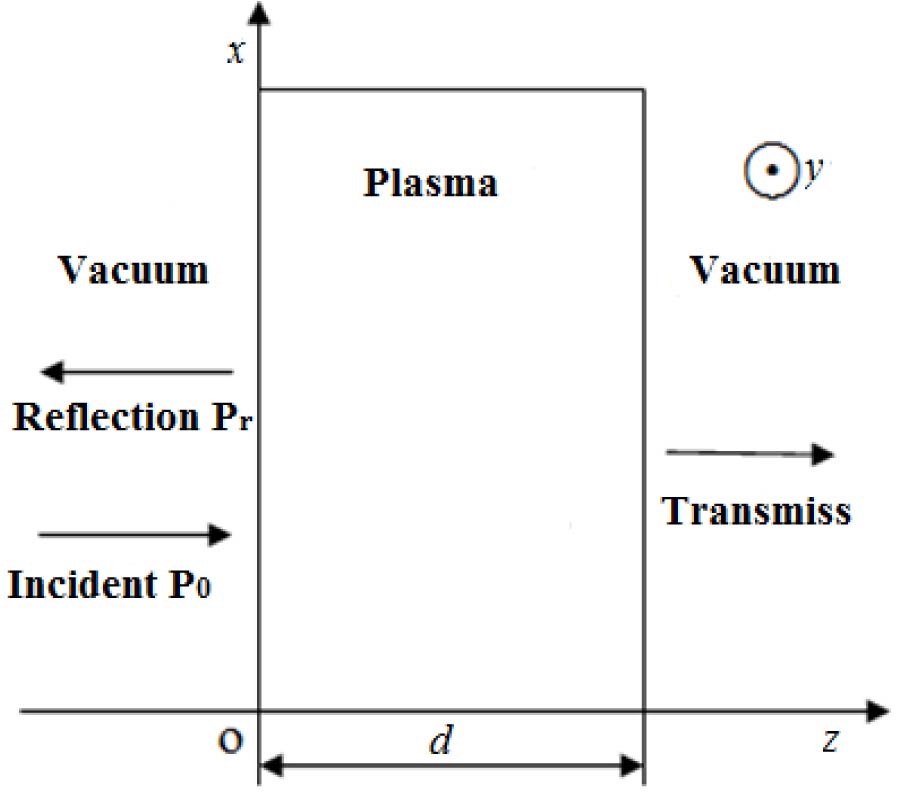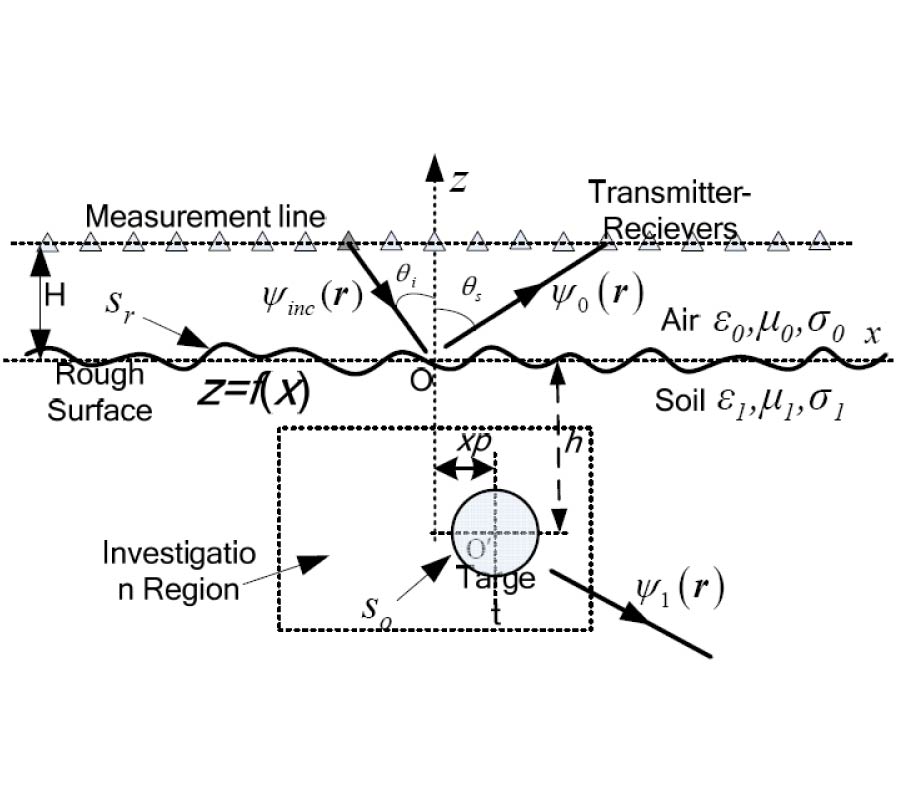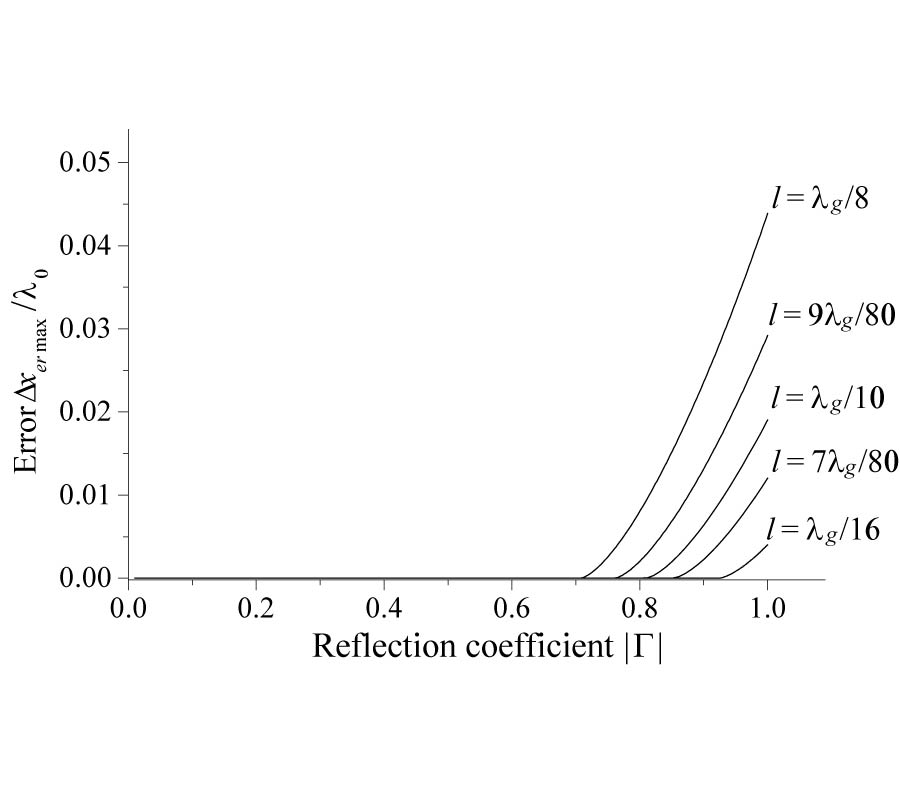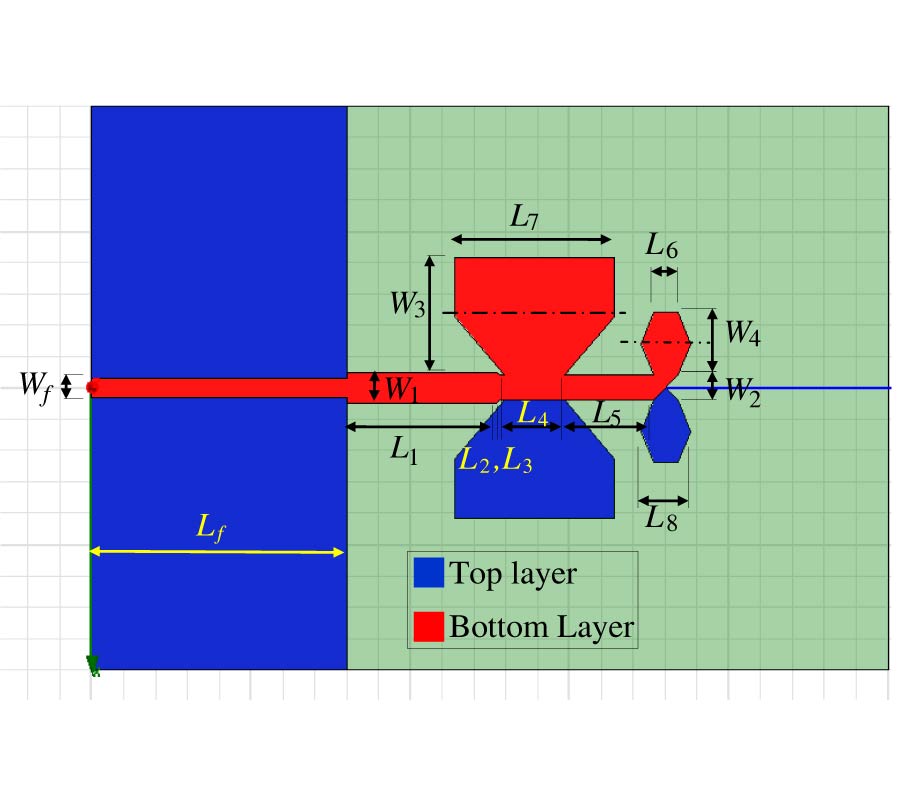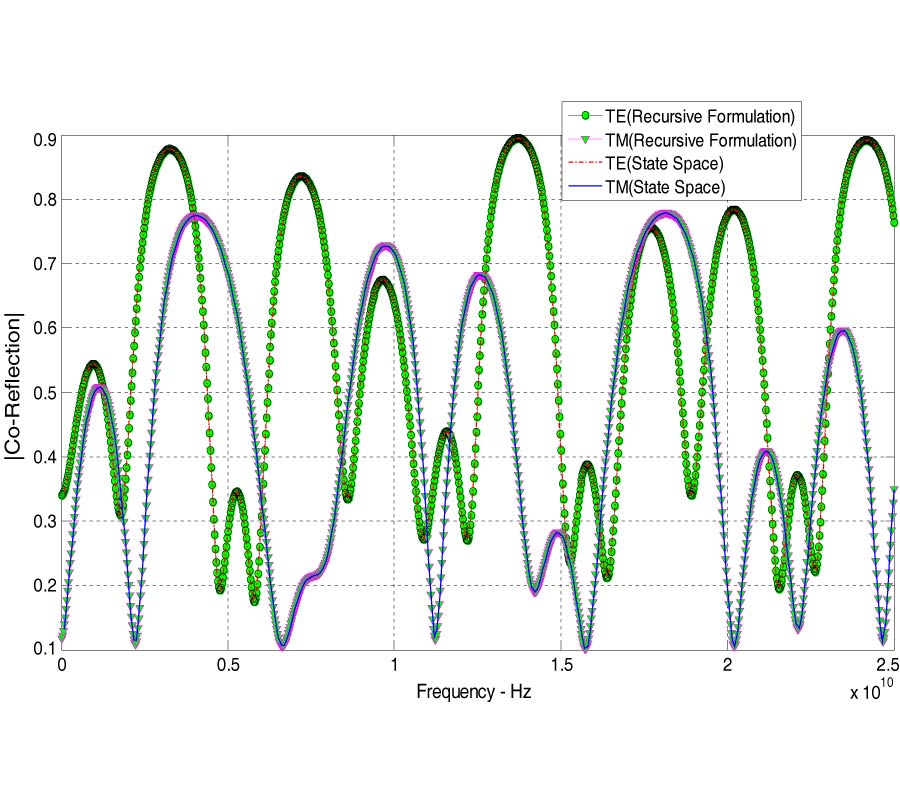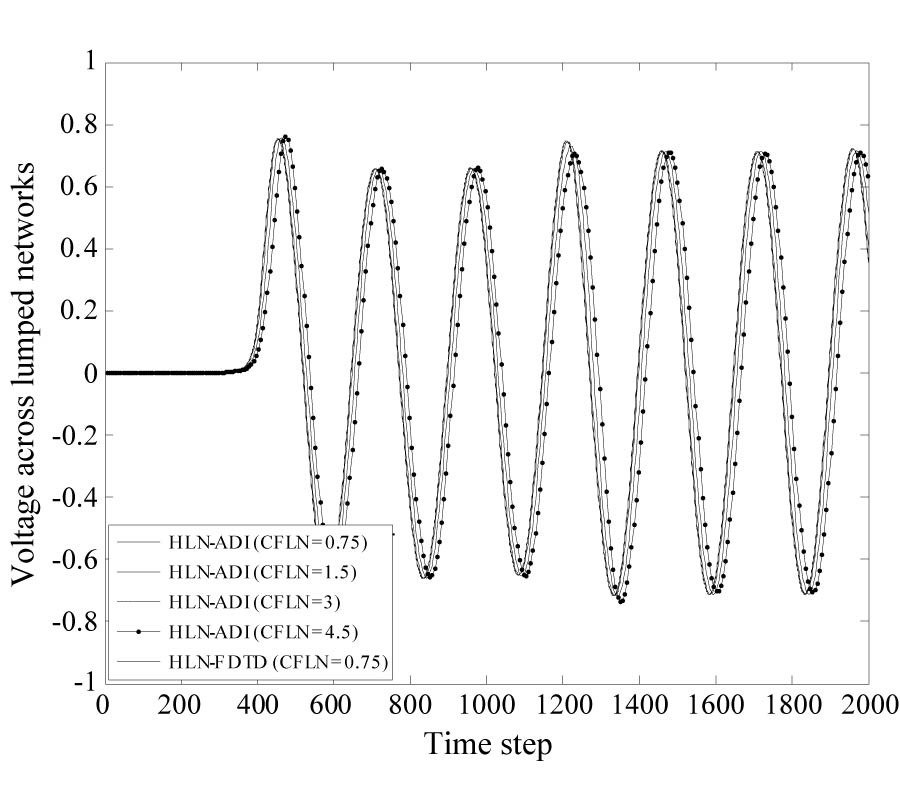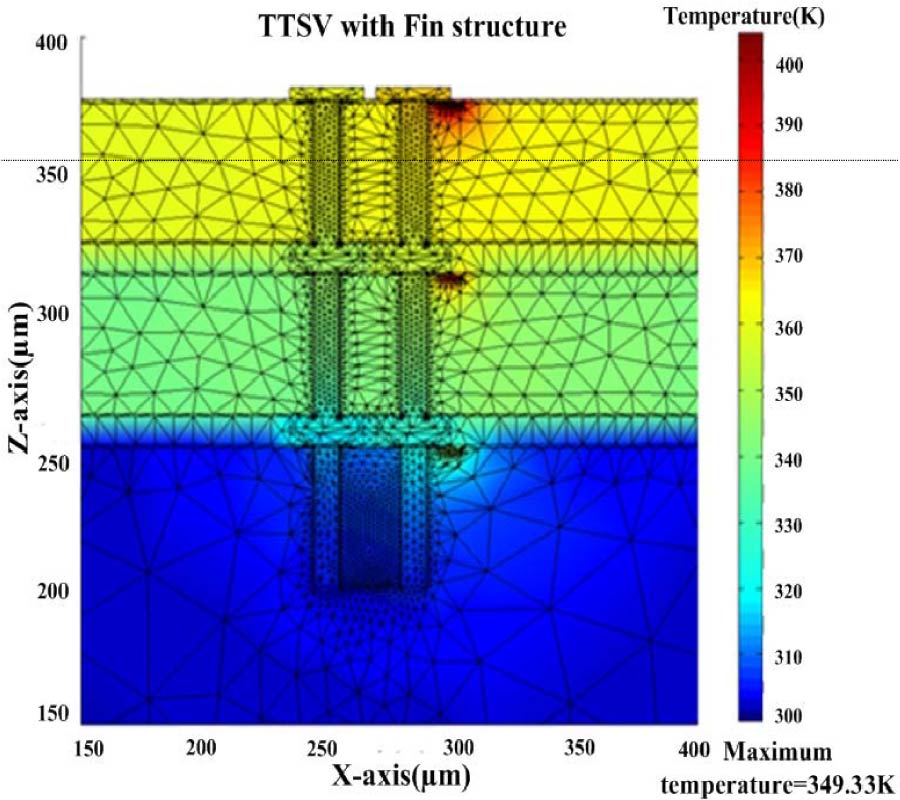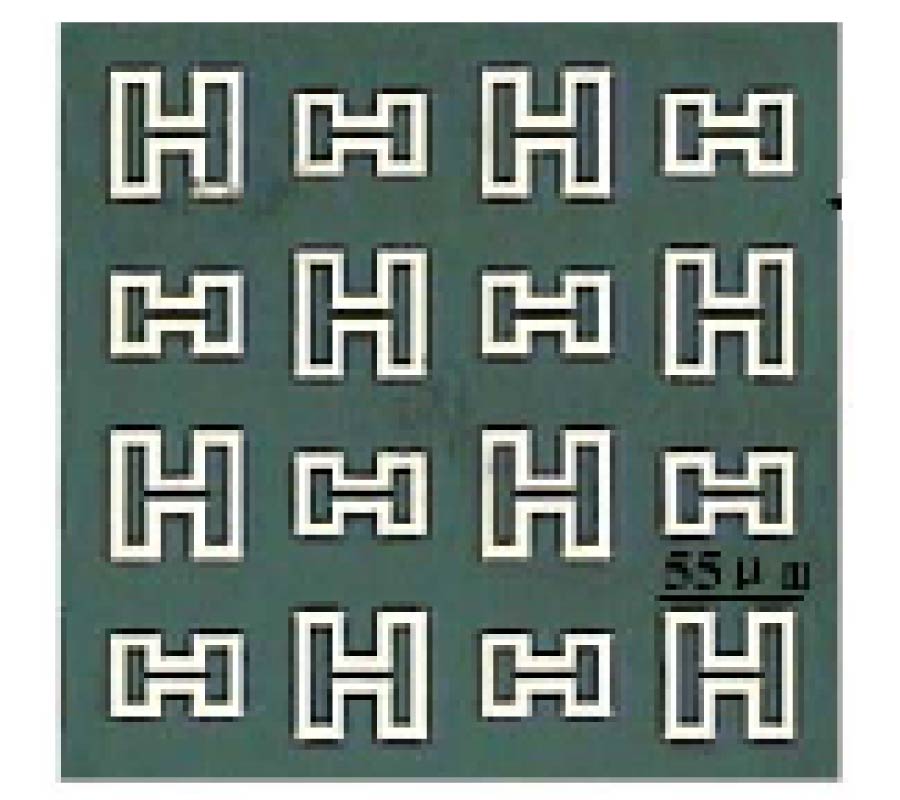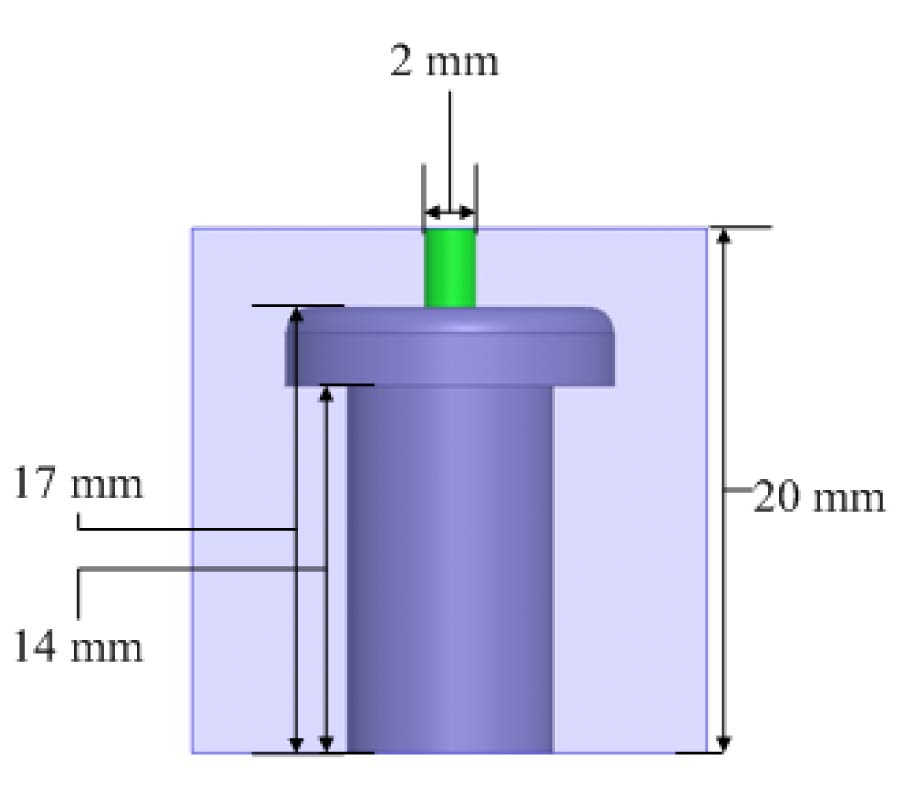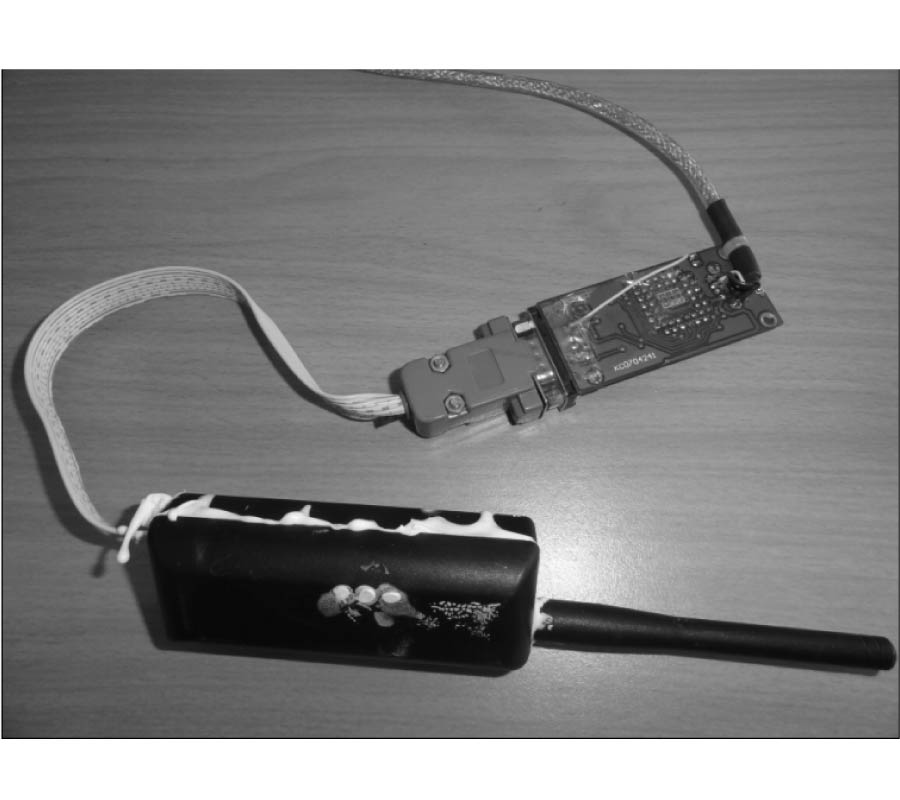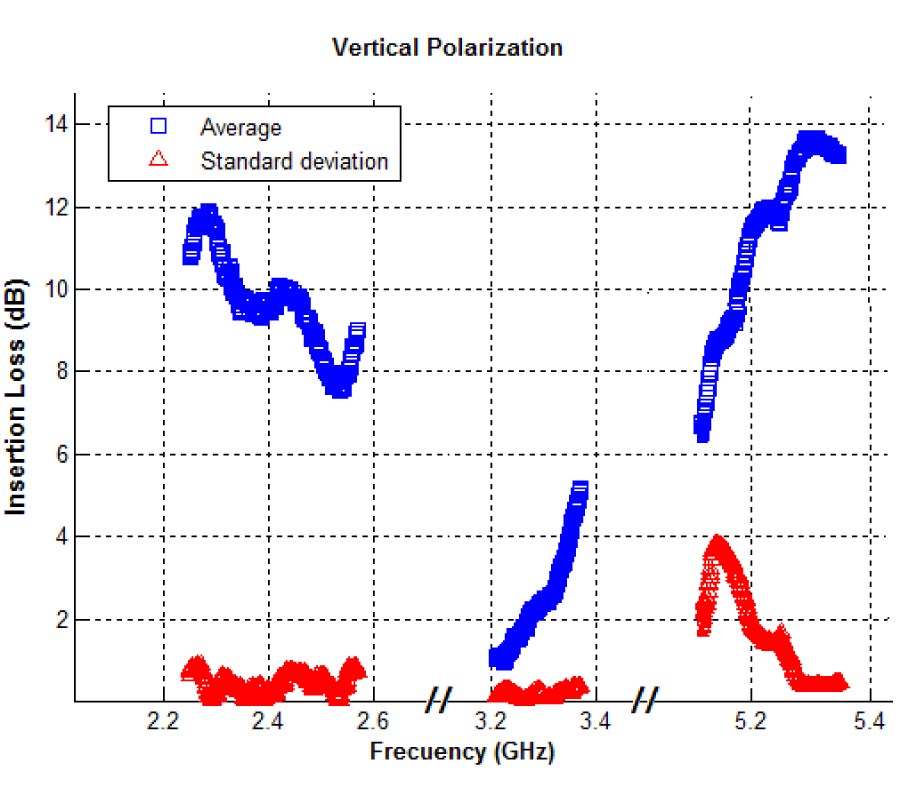An Exact Formulation for the Reflection Coefficient from Anisotropic Multilayer Structures with Arbitrary Backing
Maryam Heidary,
Ali Abdolali and
Mohammad Mahdi Salary
This paper is concerned with the theory of wave propagation in biaxial anisotropic media. Consider a multilayered planar structure composed of media with electric and magnetic anisotropy, surrounded by two half spaces. Exat relations for reflection coefficient from this structure can be useful for arriving at the intended applications. In this paper, by matching of transverse field components at the bounderies, we will arrive at exact recursive relations for reflection coefficient of the structure. In the previous works, the magnetic and electric anisotropy were not taken into consideration at the same time, or complex relations were arrived. But using this novel method, those complexities will not appear and both electric and magnetic anisotropy are take into consideration. Moreover, we will not set any limits on the right half-space so the right most half-space may be a PEC, PMC, PEMC, surface impedance, dielectric or a metamaterial. Finally, the last section of the paper confirms the validity of the relations arrived at and as an interesting application; the zero reflection condition will be obtained.
